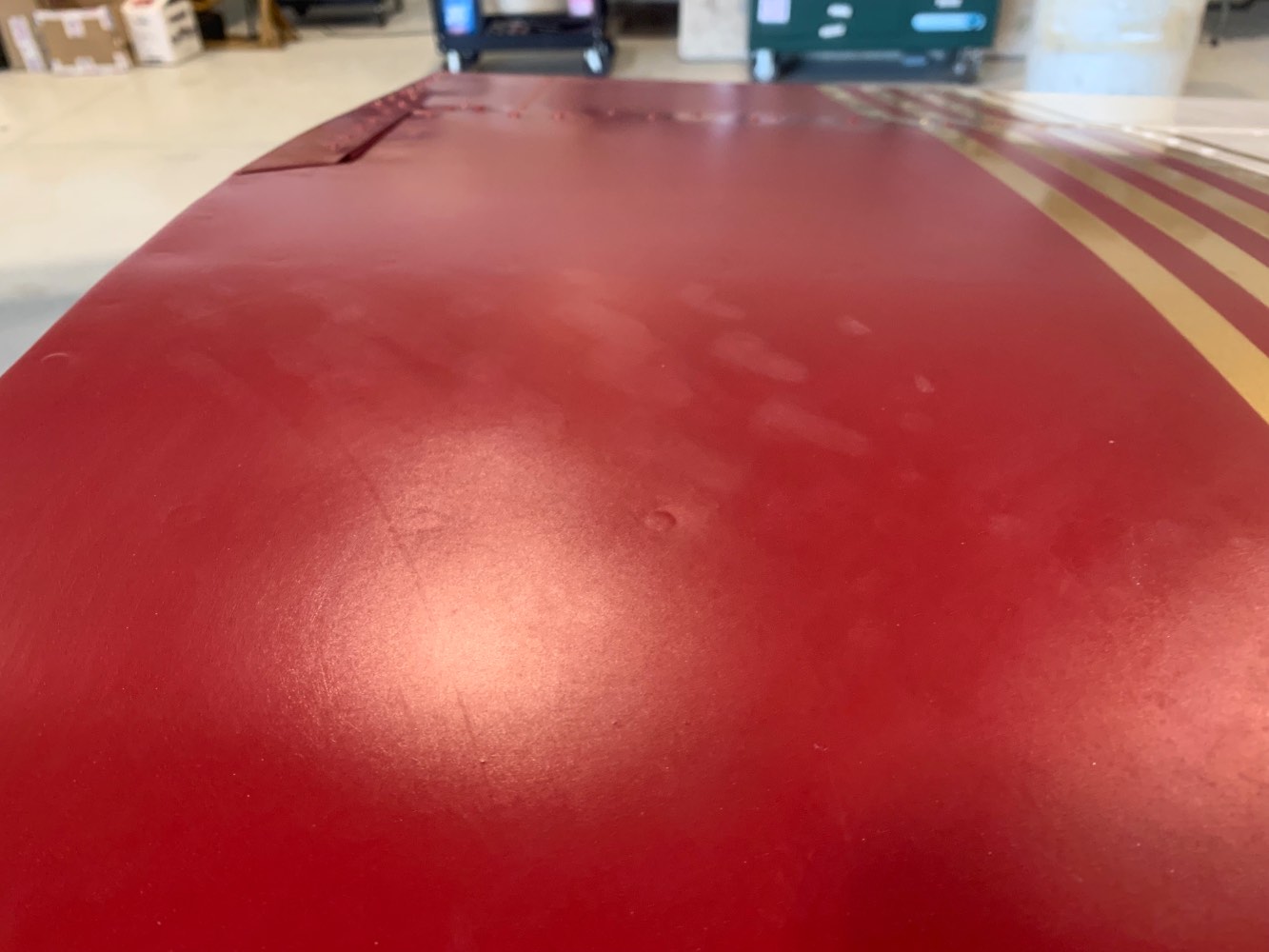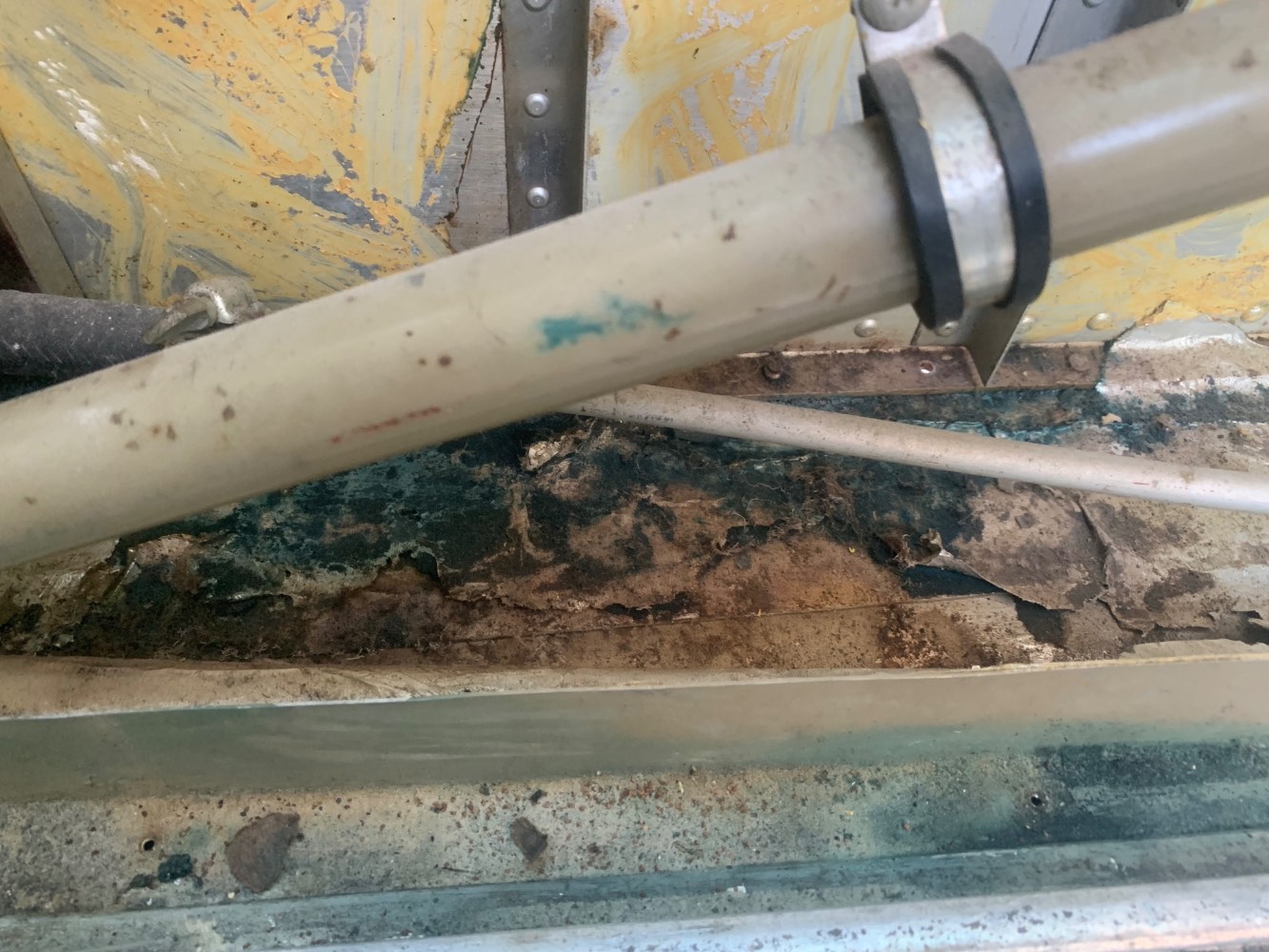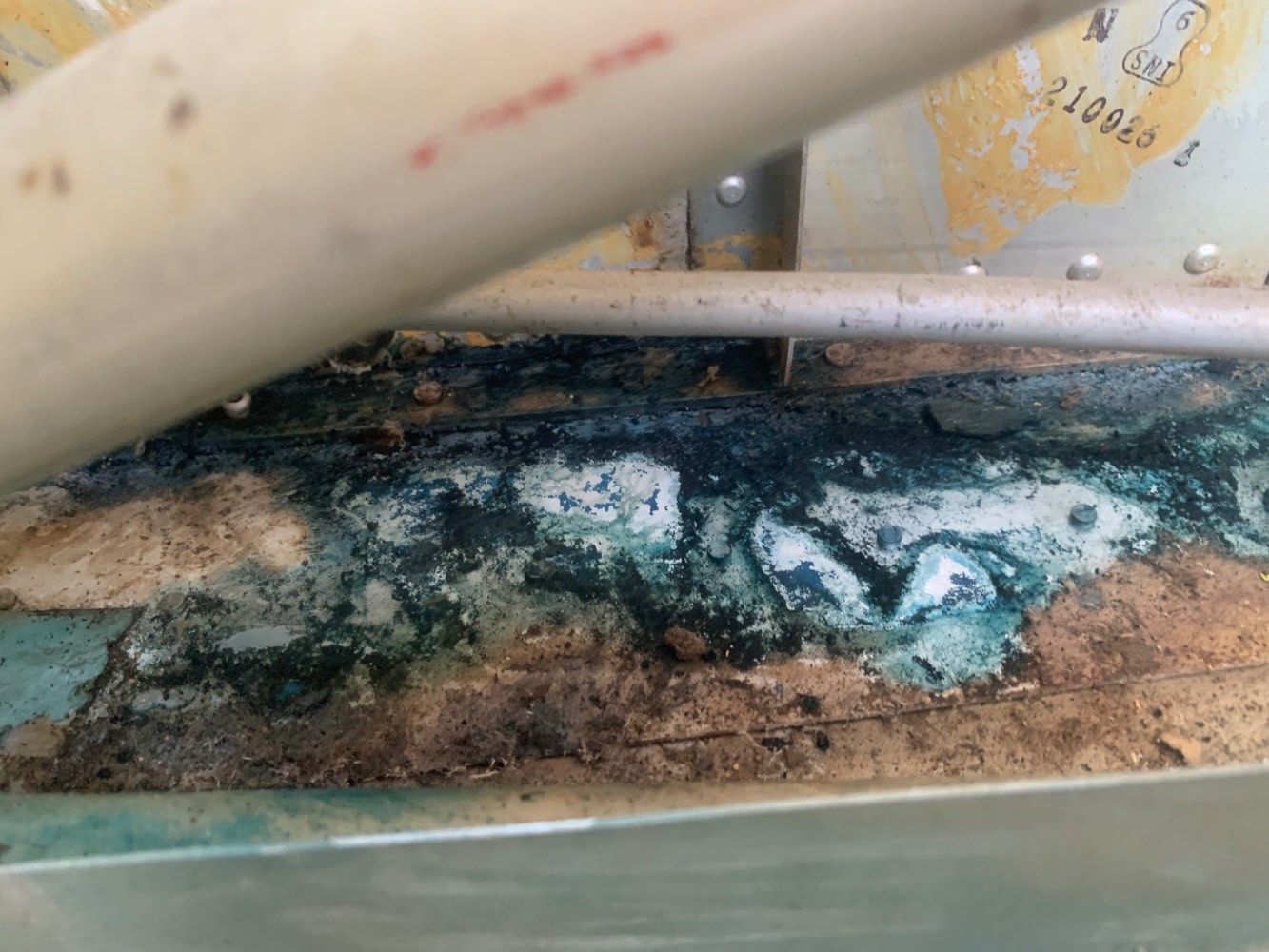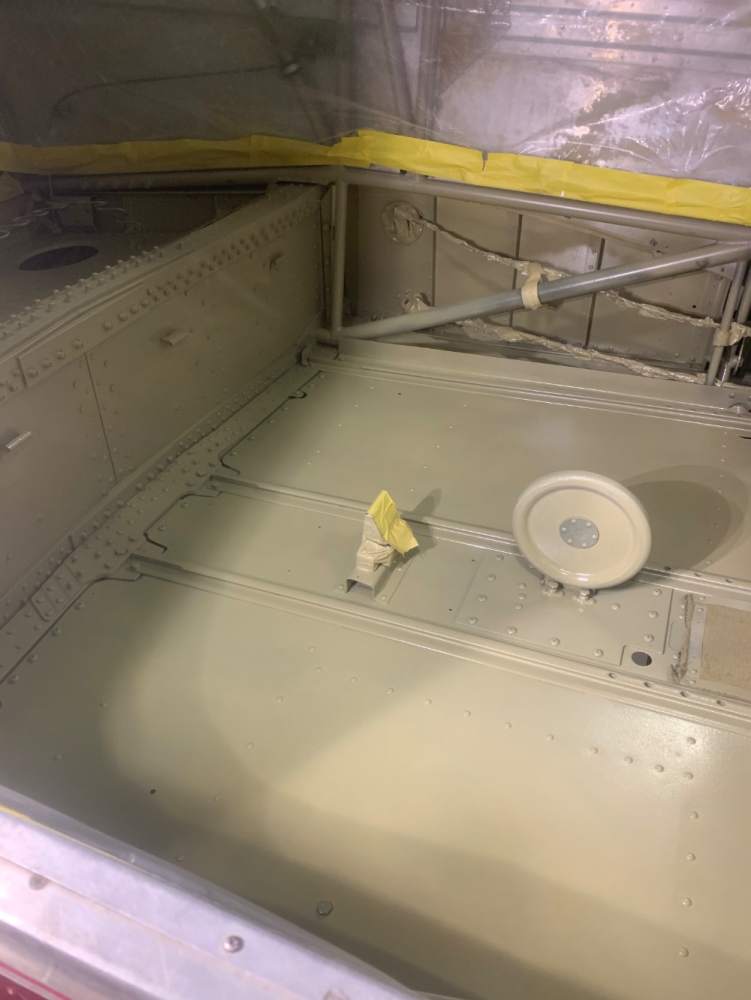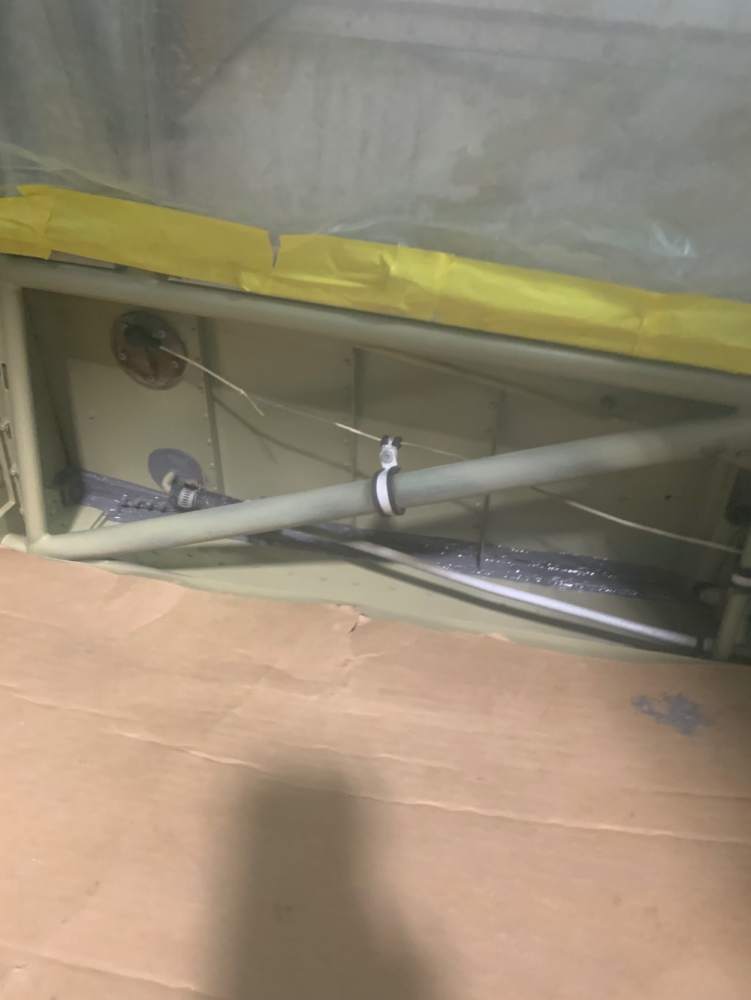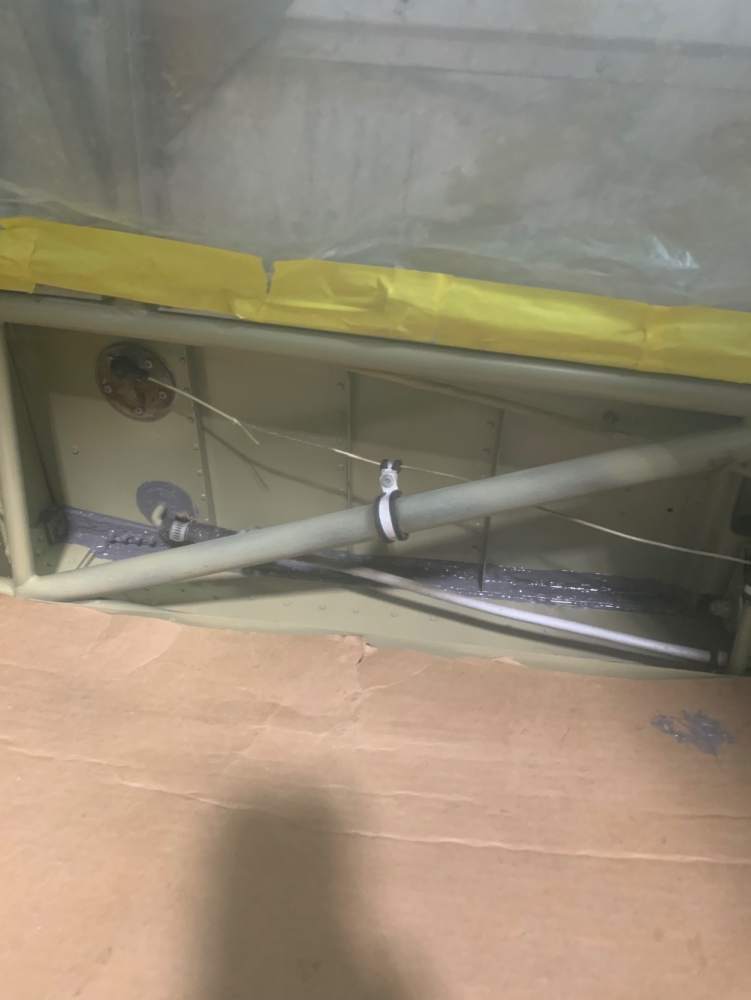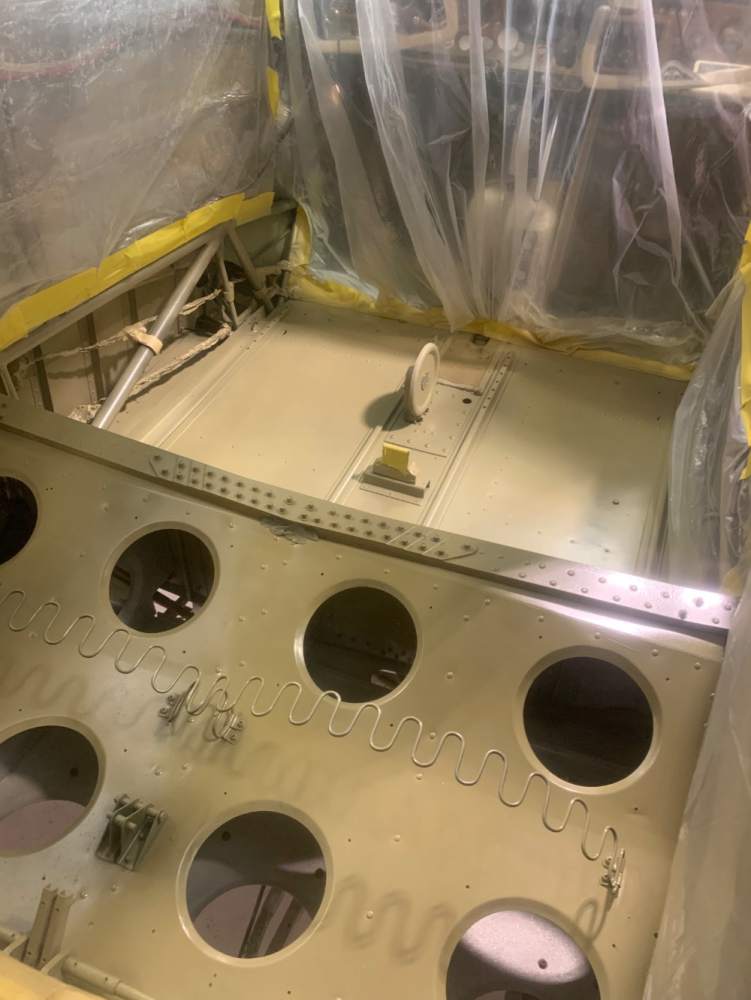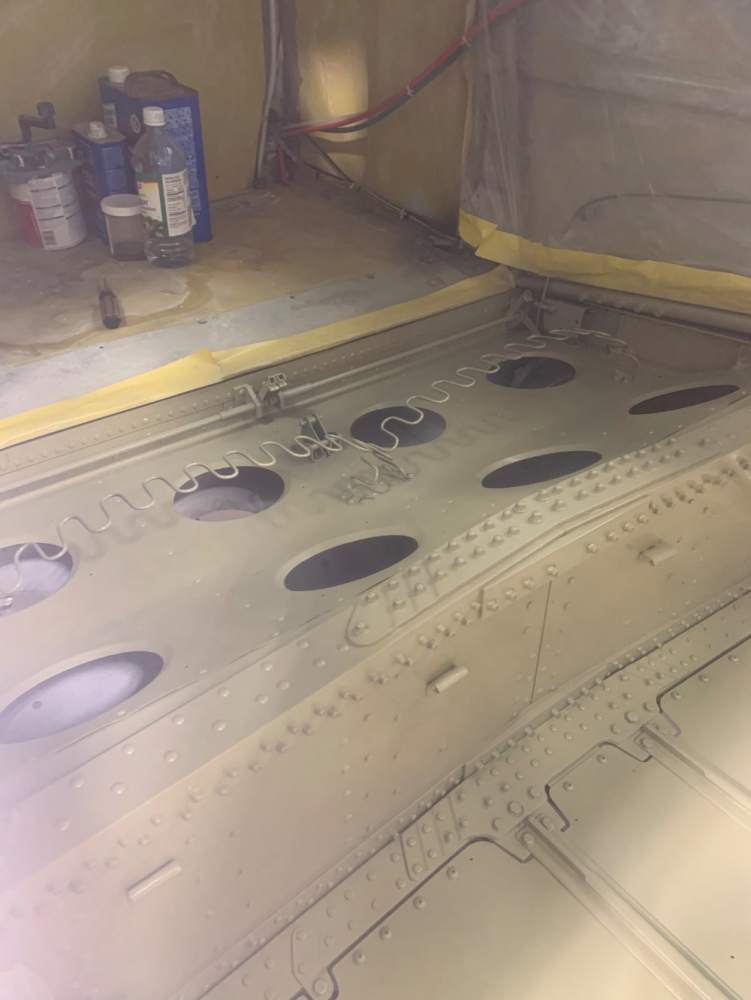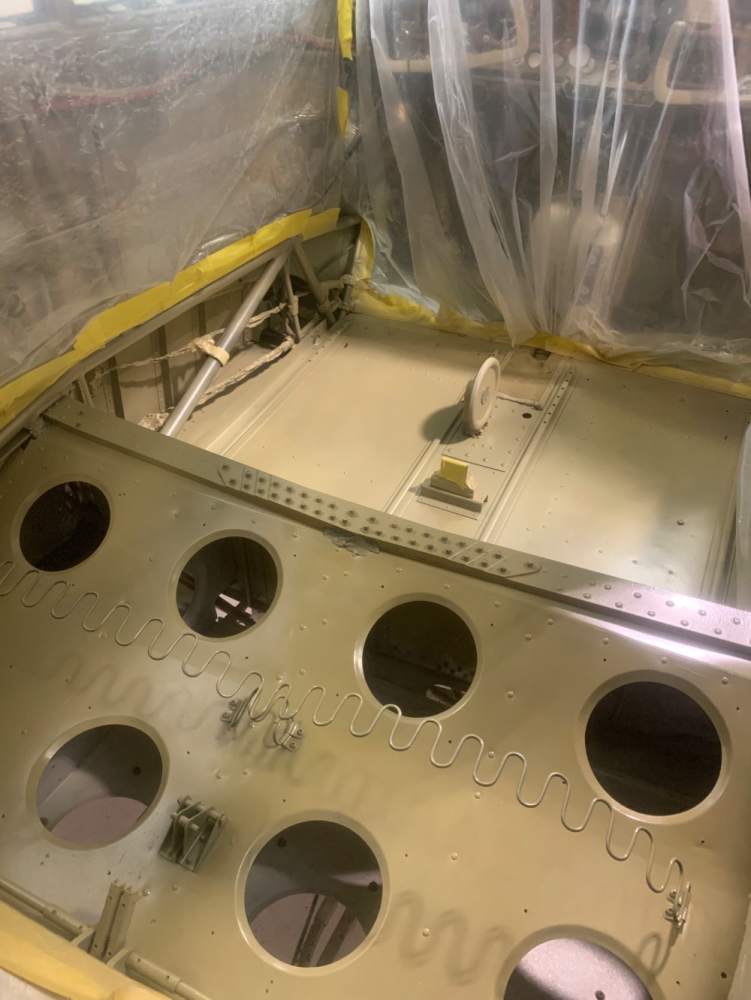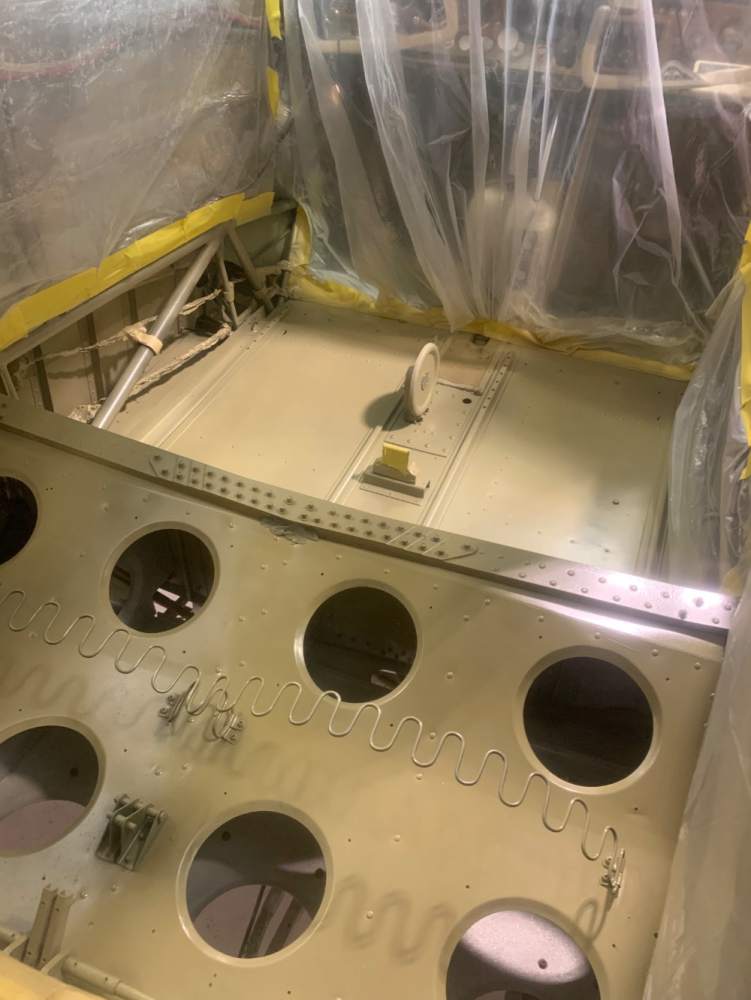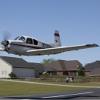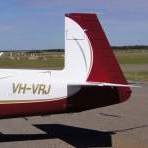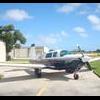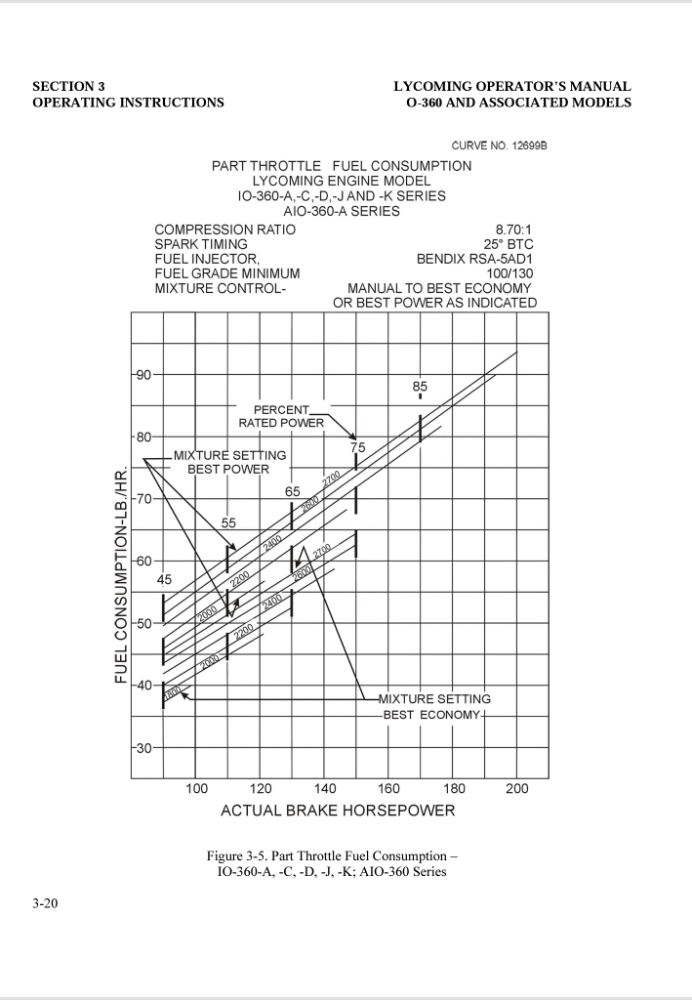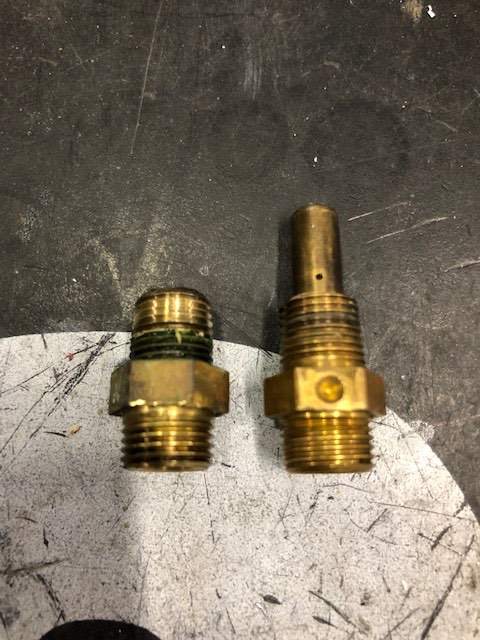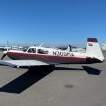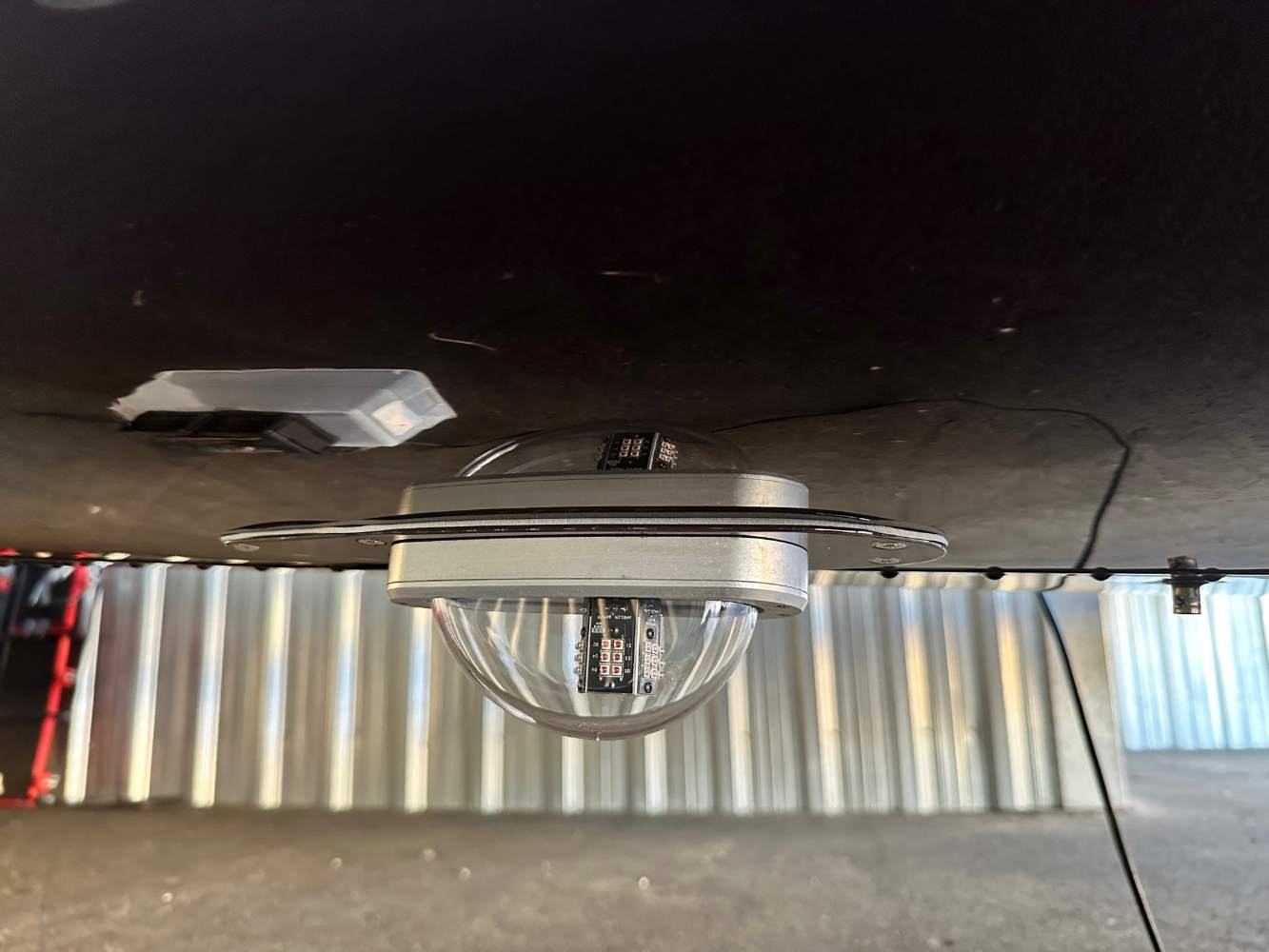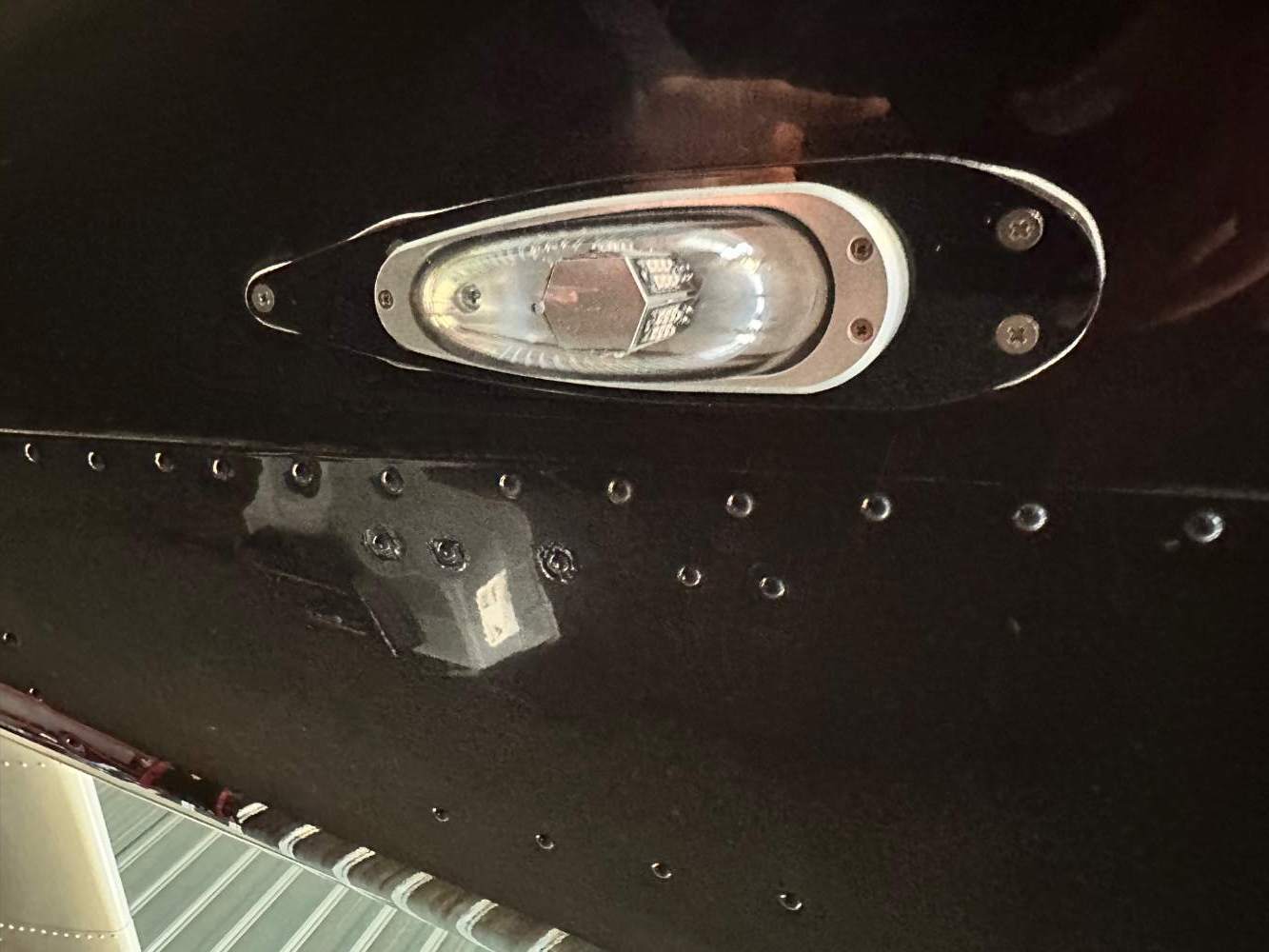Leaderboard
Popular Content
Showing content with the highest reputation on 10/16/2022 in all areas
-
4 points
-
3 points
-
Unfortunately you just gave Pinecone another opportunity to remind all of us that he flew jets in the military.3 points
-
Great, another thing that’s “not quite right about the world”, to drive me crazy.3 points
-
That’s part of the problem, the Naca duct is inside the prop arc and exposed to the sun. And different probes will vary different amounts because of this. I know for certain Davtron says to mount the probe outside the prop arc and in the shade. I think JPI does too.3 points
-
Monroy tanks and a piss bag. When you skip a fuel stop, you end up saving 30-60 minutes which is comparable to gaining 10-20 knots in time to destination on a 1000nm flight.3 points
-
No, not even a little bit. Graduated from West Point, did more crazy stuff as an Infantry Officer than you can imagine (along with memories I wouldn’t trade). But the bonus is that I now have the job most of your flying buddies wanted: seriously well-paid airline captain with more days off than I know what to do with.2 points
-
Agreed. As for ADD, with not separating kids by ability and teaching to the lowest level, you get a lot of kids who are bored in class.2 points
-
I had mine installed earlier this year in February as a backup to the G3X and it has worked fine ever since. I let it count down to off after turning the master switch off.2 points
-
If your FF number is correct, the most power you could have made at 12gph is ~180hp. You had to have been down at least 20hp. It takes a little over 13gph to get 200hp at best BSFC.2 points
-
Just an observation: EGT 1 and 2 started to run away exactly at the moment of rotation. The engine ran full power for 18 seconds with similar parameters to the former flight. But just when IAS stopped increasing and altitude started rising, that's where the EGTs take off. That could be consistent with a theory that the physical pitch change at rotation contributed to dislodging some rust or debris in the fuel system, or maybe there's some other connection, or maybe it's a coincidence.2 points
-
A Mr Heater buddy works pretty good without a high risk of asphyxiation. I use one in a small ice fishing tent on occasion and while on occasion some fresh air is warranted I've never ran into any issues. They make several different variations, you can use with the 1lb propane bottles or get an adapter hose to go to a grill tank. You might need more than one. When working in the cold I find a two prong approach of dressing warm and using a heater generally gets me to a pretty comfortable state.2 points
-
Do you have the original broken part? This is a fairly easy to model part and I have a 3D printer. If you have a micrometer and can take some good measurements I can probably have it created and printed in a day.2 points
-
Thanks for the updated link. I went back and looked at the data for a flight where I accidentally took off in my M20J with the mixture leaned. My fuel flow during initial climb from sea level was about 12 gph (yours during the incident was about 15). Normal sea level takeoff fuel flow is around 18 gph. The highest the CHT reached during my climb was 367 F during a 2 min climb before I richened the mixture. My timing is set to 20 BTDC which might give it more detonation margin than one set to 25 degrees. Still, I doubt that you could get that kind of thermal runaway by restricting fuel flow to 15 gph as it takes time for things to heat up enough to get the point of detonation. Your #2 cylinder exceeded redline CHT after a little over 1 minute at an altitude of about 300' AGL. Both cyl 1 and cyl 2 are showing a temperature rise of around 180 F/min. Skip2 points
-
I have the same 3 degree issue between the same two probes and explanations given here on MS mention that the Garmin probe "may be" calibrated to account for ram rise while cruising. Also, where the two probes are located can have a significant impact on the readings.2 points
-
Yeah, many of my buddies did want that and got it. I never wanted that job. And am happy with my career.1 point
-
1 point
-
Just because I failed the Navy flight physical at age 17 because my vision was somewhat less than 20/20? You betcha!! I needed a new life plan before I even got started.1 point
-
Manifold leaks matter after the fuel metering device (servo, carburetor), because any additional air that comes in will be unmetered and lean the mixture more to potentially one cylinder or so than the rest (depending on the location of the leak). The amount of air leaking will be less on a naturally aspirated engine because at WOT the difference in pressure from outside the manifold to inside will be less, so there will be less pressure differential driving the leak. On a turbocharged aircraft the leak will be from the manifold out to the outside world, so it'll potentially richen the mixture at one cylinder rather than another as well as potentially limiting boost.1 point
-
I agree. Why else would anyone support "0 tolerance" policies?1 point
-
Again, the problem is doing studies on low doses to anything is to: 1) Find a sufficient size population with documented low dose. Not only documented that they have a low dose exposure, but the amount of exposure. 2) Fine a sufficient size population with a documented zero dose. And then, make sure that there is no other possible exposure that could give you the same results. Correlation does not mean causation.1 point
-
DA was about 8300ft. These planes seem to do best 8-9000’. That’s about 100 ROP for #3 and 4. It’s about 135 ROP for 1 and 2. My FF transducers is slightly calibrate to totalize more fuel burned than actual. (Only maybe a couple gallons of I’ve burned 40 gallons.). I got it fairly close, then left it there figuring a little safety error is not a bad thing. Im guessing that means actual flow is maybe .2-.3 less than indicated. I have the 201 windshield and brake caliper reversal. OEM guppy mouth cowl though. Been waiting for David’s cowl, but may sell this plane before that ever happens.1 point
-
One of the mags was incorrectly set at 27 degrees, even less detonation margin.1 point
-
Bob posted quite a few albums on MS, although some of the photos are now missing. https://mooneyspace.com/profile/8913-bob_belville/content/?type=gallery_album_item&change_section=11 point
-
I suppose that’s possible. But, if my takeoff was LOP, then the power would have been 12 * 15 = 180 hp and I’m pretty certain that I would have noticed the loss of 20 hp during the takeoff roll and climb. But everything seemed normal until I did a scan and noticed that the mixture wasn’t full rich. According to the Lycoming Operator’s Manual best power mixture fuel flow at rated power is 15.7 gph.1 point
-
1 point
-
Thinking about your situation vs his… 12gph could possibly have been lean of peak vs our normal ~18gph+ on takeoff. Warm, yes, but lean enough it didn’t detonate and do damage. His at 15, maybe closer to 50 rich of peak? I agree there’s probably more to it with how fast his went downhill, but yours may have been just lean enough.1 point
-
1 point
-
The people around here get away with it. There are metal hangars with insulation and Sheetrock.1 point
-
Yeah, that's what they told me, but getting the hand to forget what it has been taught for years is hard. I didn't break the airplane and all the passengers walked off, but they may never fly that airline again.1 point
-
Thank you. It’s got ~70 hours on the major overhaul. Compressions last week were all 80/80. Believe it or not, I picked up a few more kts when I balanced the top prop to .00. Ignition is 25deg..1 point
-
Retro fit. The control screen is totally different in that sim compared to the sims that are not converted yet.1 point
-
No I understand exactly what it does, it’s a rivet gun with a rivet set that holds a bit, so long as the pressure on the gun is kept low it probably won’t do any harm as I said1 point
-
Which is why the “1700rpm run up” mag check only finds the worst of the worst.1 point
-
If you're flying LOP, the slower the RPM the deeper you'll be able to go LOP without roughness. The higher MAP also adds some efficiency. Concern for Prop efficiency is a distant third IMO.1 point
-
DON'T BE PLAYING WITH THE ALTERNATE EXTENSION SYSTEM WHILE THE WHEELS ARE ON THE GROUAD- PERIOD! If you need to play with it get it on jacks so its safe in case something goes wrong Play it safe Get it on jacks just in case. Then you can actually raise the gear and play with the alternate system. safely1 point
-
While you are at it… Check the age and hours on the prop control…. They typically get replaced at engine OH… If your controls have 6k hours on them… they can fail without much warning… It is harder to go around when the prop is stuck at something less than full rpm… PP thoughts for your consideration only… Best regards, -a-1 point
-
1 point
-
I think you are getting it now. Both mags have an impulse couple, when in the 'start position' both should still be working. You should be a little sceptical about freshly overhauled mags, maybe not so much after 100 hours, maybe again after 5 years. Harness condition? Be sceptical of Champion spark plugs, do the resistance check under pressure. Finally, part of the SB to remove the primer diverter valve is to make sure you have the correct 'new style' primer nozzles (see picture). The new ones are taller and create a little dam of fuel. Allowing some time to evaporate may help. And remember you are now priming 6 cylinders at once, you need to find a new 'happy place' for priming duration, waiting, temperature and cranking duration. Aerodon1 point
-
For spot repair I’ve been using same old etch/ alodine process applied w/Qtips. Tape off with round foam tape for a soft edge followed by rattle can zinc phosphate yellow. Top coat acrylic urethane for blending. The cheap HF tools airbrush $10 item works remarkably well for this. After chasing spots on my C for two years, I’m in process of a complete. Hope this helps1 point
-
1 point
-
All the CHTs are elevated, so whatever the cause, it would be something that affects them all. The fuel flow looks about the same as the previous flight before the problem. Likely culprits would be ignition timing or fuel contamination. Cyl 1 and 2 are toast for sure. The pistons are probably damaged and those temperatures will certainly take the temper out of the rings. Detonation tends to look like sandblasting, and piston damage is mostly around the perimeter of the piston crown because the flame propagates from the spark plugs outwards and it is the end gas that detonates and creates a pressure spike near the cylinder wall before it quenches. Preignition produces higher temperatures for a longer period during each cycle and tends to melt the center of the piston crown because this part of the piston has the longest cooling path to the cooler cylinder walls. Good job getting it back on the ground safely. Skip1 point
-
How do you know that GA pilots don’t have higher rates of all these conditions? One of the problems with studying small exposures and long-term effects is that you have to follow a lot of people (or animals) for a long time to quantify the effects. For example, we know radiation is bad but we don’t know how bad. Most of our data on this comes from Hiroshima and Nagasaki but we don’t have good studies to show how this compares to ultra short exposures to high radiation environments (like a CT scan). To quantify this we would need to follow hundreds of thousands of people for their lifetimes in order to determine what effect the radiation has on their risk of cancer. We can’t do that. So we’re stuck knowing there is a risk but not how big that risk is. We do know that any level of radiation exposure can increase cancer risk and that higher radiation exposures further increase this risk so instead we try to expose patients to “as little as possible” in terms of radiation (and maybe use ultrasound or MRI instead of a CT or not get a CT at all if the risks don’t seem to justify the benefits). Lead is the same as radiation. There is no safe established level of lead so (putting my public health hat on) the goal should be to expose people to “as little as possible.” I wear gloves when I sump the tanks, wash my hands afterwards and I barely smell the fuel (I was a chemistry major so I’ve received specialized training in smelling things). I don’t let my son sump the tanks, touch the gas caps or fuel the plane either. I know facts don’t matter these days, but the association between lead and harm is well established and so is the association between people around GA airports and lead levels. I certainly can’t tell anyone how they should spend their time, but as my wife (a psychiatrist) often tells her patients “is this really the hill you want to die on?” You really want to be the last person supporting leaded fuel when there is clear evidence of harm just because you (and I don’t mean you personally, @NotarPilot) are a cheap ba$tard? If $1-2/gal prices you out of aviation then you probably should pick a different hobby. Studies no one will read: https://pubmed.ncbi.nlm.nih.gov/24261063/ https://pubmed.ncbi.nlm.nih.gov/21749964/ https://pubmed.ncbi.nlm.nih.gov/16181659/1 point
-
We’ve come to the point in our society where the same arguments for logical fallacies are used by both sides and facts are meaningless, so what’s the point of arguing about it? If someone wants to start a one (or two) man crusade to keep 100LL around forever then go right ahead. Seems more appropriate to be quoting Miguel de Cervantes than Shakespeare on this thread.1 point
-
who cares, GA/FAA has only had 40+ years to do something, get on with it already1 point
-
I wouldn't ident until asked. when you ident it makes your tag flash on the radar. The controllers are looking for the flashing tag after they ask for it not before.1 point
-
You're lack of understanding of Mags is preventing you from understanding what folks are trying to tell you here. You can't tell a thing about the independent starting circuitry of your Mag from a Mag check. What you need to understand is that when you are starting the engine the Mag(s) use a different circuit or method to retard the timing in order to start the engine versus the 20 BTDC once it starts. Two entirely different kinds or stylers of Mags are used: either a Mag with an extra set of points in it, called the retard points, used to fire at only 0 BTDC when key is in "start". As you release key to start, then it goes to the normal points to run at 20 BTDC (which are the points you are testing during a mag check - not the starting points). The retard points are only used in starting. But not all engine mags use retard points. The other technique or style is called impulse couple mags. These don't have a extra set of points to fire retarded, but the impulse coupling does two things: think of it as a spring that delays turning rotating the mag internally till it's almost ready to fire and then the spring releases to spin the mag magnet much faster than the engine is actually turning over the last few degrees to provide a stronger spark. It also acts to retard the timing while the impulse mechanism is working so it fires at 0 BTDC versus the normal 20 BTDC. Consequently you need to know exactly what kind of mags you have to trouble shoot this effectively. What your describing is a failure of the starting mechanism of the MAG and in particular a failure in the retard breaker points since it starts soon as you switch from Start to Both. But most of the later K's came with a pair of Slicks, both impulse couple mags, which start really easy. But some have Bendix. But what your early 231 has is up to you to investigate. It may turn out to be a more general mag failure too, not necessarily the starting circuitry but your description is pointing to the starting circuitry. A simple test can tell you if you have impulse coupling, If you pull the prop slowly and you hear a loud click noise, that is the impulse spring releasing and firing. No click would mean you have a mag with breaker points. (Be careful handling the prop in case you have a broken p-lead). Your engine logs will also identify the kind of mags you have.1 point
-
I get the downside but that can be mitigated later. As a “keep it simple stupid” way of simplifying a task not germane to instrument training, I think it’s brilliant. Whoever came up with the idea understands more about engine management than the flight schools I used.1 point
-
Wonder which would be faster, the Airspeed Indicator or movement of the Fuel Gage???1 point
-
@bmcconnaha I think your G1000 answer just flew in…. The key to a great dinner…. It’s not what you are eating, or where you are dining…. Its all about the company you are with…! Go MS! Best regards, -a-1 point




